Niacin is a substance classified to the group of vitamins B, which are essential for the proper functioning of our organism. The size of benefits from maintaining its proper concentration is enormous and, as it turns out in practice, it is not difficult to accomplish. In this article we will discuss the properties of vitamin B3 and the consequences of its insufficient supplementation.
What is niacin?
Niacin, equally often called vitamin B3 or PP, is a term encompassing two chemical compounds: nicotinic acid and its amide, also called nicotinamide. Vitamin B3, contrary to other representatives of this vitamin group is an endogenous substance, which means that a human organism is able to produce it by itself. A substrate in the process of vitamin B3 production is tryptophan, an organic chemical compound in the group of protein amino acids. Unfortunately, the amount of niacin produced by the organism is too low to cover daily needs of an average human being. What is more, tryptophan itself is an exogenous amino acid, i.e. unable to be produced by our metabolism. In relation to this, vitamin PP should be provided with food.

Properties of vitamin PP
Niacin is primarily one of the elements creating two incredibly important coenzymes: NAD and NADP. Each of them, by connecting with protein produces an enzyme, called oxidoreductase. Oxidoreductase, in turn, is a compound which is strictly related to the metabolism of all basic macronutrients of our food – proteins, fats and carbohydrates.
Supplementation with niacin also brings benefits for the immune system. Research proves that systematic application of vitamin B3 leads to the growth of the number of neutrophils. These are white blood cells allowing to destroy disease-causing microorganisms in the form of bacteria. Vitamin PP also leads to the improvement of the functionality of the central nervous system. The increase of activity in the mitochondria’s nuclei contributes to the improvement of mental condition of the human being, which appears in the form of: the increase of self-confidence, decreased feeling of stress consequences and limited anxiety.
This is, however, not the end of benefits that niacin may bring. Scientists also provide a few other effects resulting from the systematic application of vitamin B3. These are:
- Normalization of the production and secretion of gastric juice;
- Intensification of the production of certain hormones (e.g. insulin, thyroxin);
- Participation in the synthesis of red cells;
- Improvement of the state of skin, hair and nails;
- Decrease of the concentration of LDL cholesterol and increased content of HDL cholesterol.
The consequences of the hypervitaminosis and hipovitaminosis
Niacin deficiency is a very rare state, but possible to appear. Excessively low amounts of vitamin B3 usually occur in extreme situations, such as starvation or malnutrition. Apart from this, excessively low amount of tryptophan provided to the organism contributes to limiting the synthesis of vitamin PP. However, there is a group of risk factors, which may result in avitaminosis. For example: frequent use of alcohol, long-lasting application of anti-tuberculosis drugs, pathologies of absorption processes in the digestive system, Hartnup disease or uncontrolled growth of the need for vitamin B3 in case of improperly balanced diet, which to a large extent is based on eating a lot of sugar.
The main consequence of excessively low amount of vitamin B3 is a disease called pellagra. Although, in the current times it rarely occurs, there is still the risk of developing this disease. The name of this pathology comes from a Latin word pell agra, which should be translated as “rough skin”. The cause of using such a term is the appearance of skin inflammation, which mainly concerns the exposed parts of the body, such as hands or face.
Apart from this, pellagra causes:
- Aggression
- Ataxia
- Insomnia
- Diarrhea with other symptoms of the digestive system, such as inflammation of oral cavity and tongue
- Weakness
- Torpor, resulting from worse functionality of the central nervous system.
Hypervitaminosis is totally different. Although the excess of niacin is eliminated from the organism with urine without any problem, there is a risk of overdosing. Applying doses higher than 1g may lead to the appearance of headaches, pathological widening of blood vessels and skin redness as well as developing anorexia nervosa and the feeling of indigestion. The portion higher than 3g in turn considerably increases the risk of liver damage and cause the increase of uric acid, which may result in developing gout. Long-lasting application of vitamin B3 is also reflected in the vision, the effect of which may be changes in the yellow spot, retina or even blindness.
It is also worth mentioning that excessively long application and too high doses of niacin are also dangerous for pregnant and breastfeeding mothers. Regular doses of 0,5g may be dangerous to life of prospective and present mothers and they may even lead to developing birth defects.
Sources of vitamin B3
As mentioned earlier, despite endogenous character of niacin, it is a compound requiring additional supplementation. The best way to supplement deficient amounts of vitamin B3 is a balanced diet, that will contain products containing not only high supplies of vitamin PP, but also tryptophan essential for its production. Therefore, what should a menu of a person, who needs to take care about proper concentration of niacin in blood contain?
Among the main sources of vitamin B3 there are products rich in protein of animal origin. First of all, lean meat, such as veal, chicken or turkey. However, offal (e.g. heart or liver) cannot be disregarded, as it also contains high doses. Eggs, certain kinds of fish (e.g. salmon, mackerel or tuna) as well as dairy products, such as curd cheese of skimmed milk are organic sources of vitamin PP. When it comes to vegetable sources of niacin, there are: broccoli, bean, peas, mushrooms, dried peaches, sunflower seeds or certain herbs (e.g. fenugreek, lucerne, mint, nettle and chamomile).
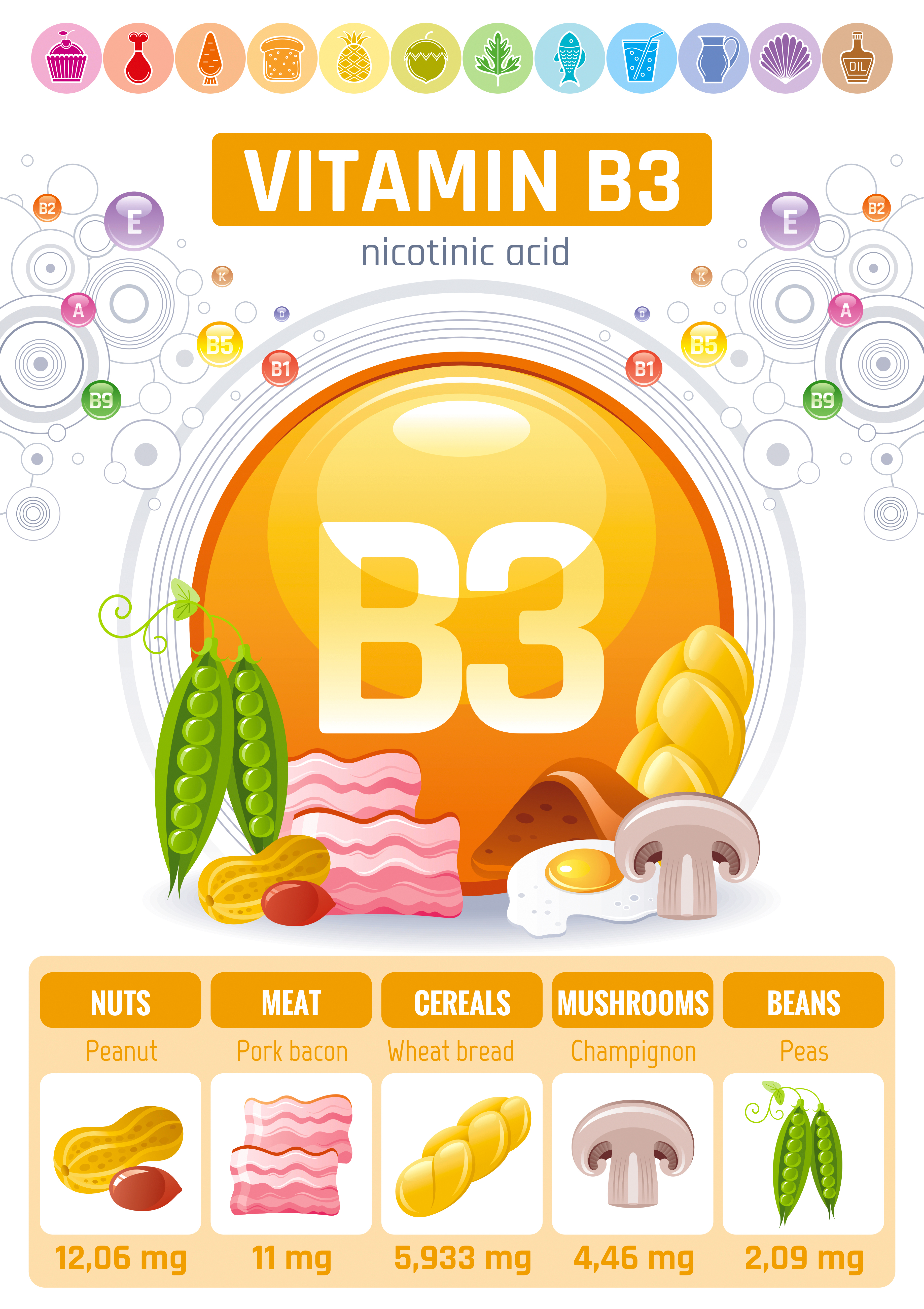
What to combine Vitamin B3 with?
It is also worth mentioning that niacin supplementation should be combined with chromium. The application of this element ensures even more efficient absorption of vitamin B3 from food.
Recommended Daily Allowance (RDA) of Vitamin B3:
When it comes to dosing of vitamin PP, it is the following:
| Group | Norms |
| Children | 6 – 12 mg |
| Teenagers | Girls: 12 – 14 mg Boys: 12 – 16 mg |
| Men | 16 mg |
| Women | 14 mg |
| Pregnant women | 18 mg |
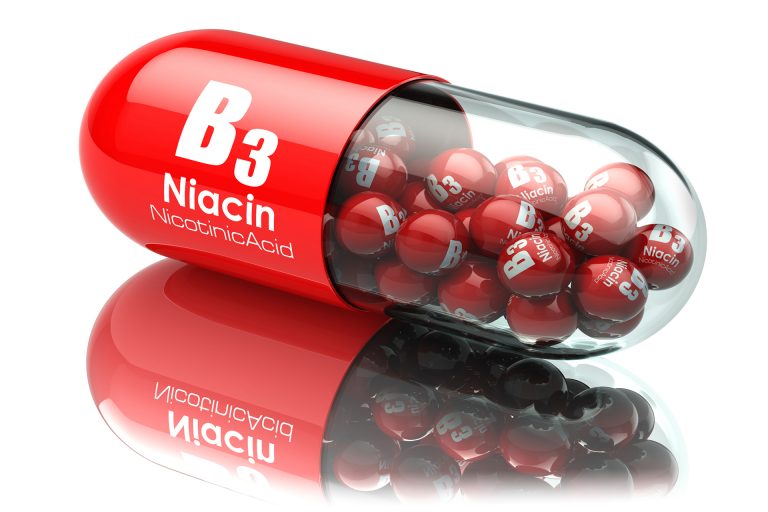
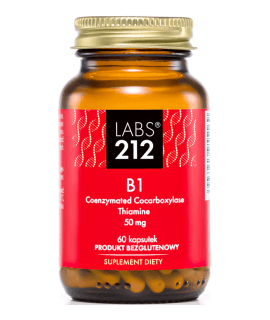

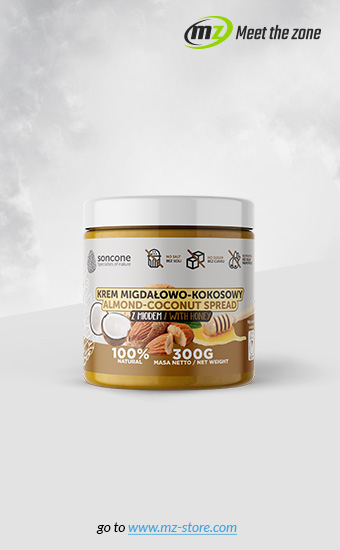
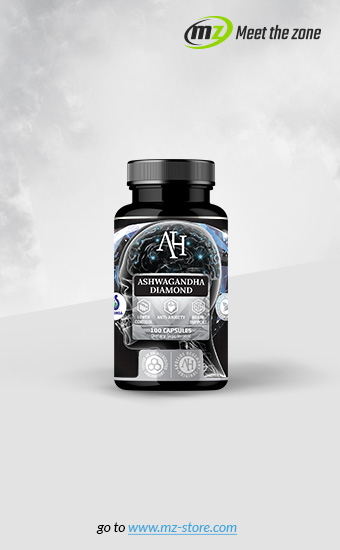

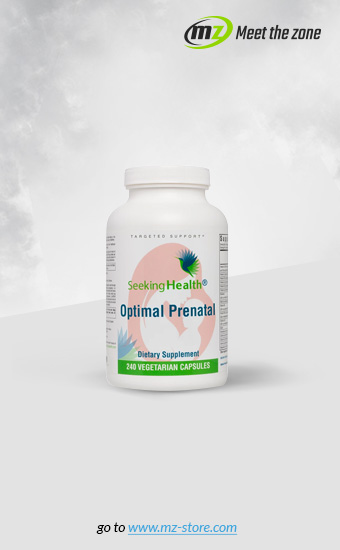

One Comment